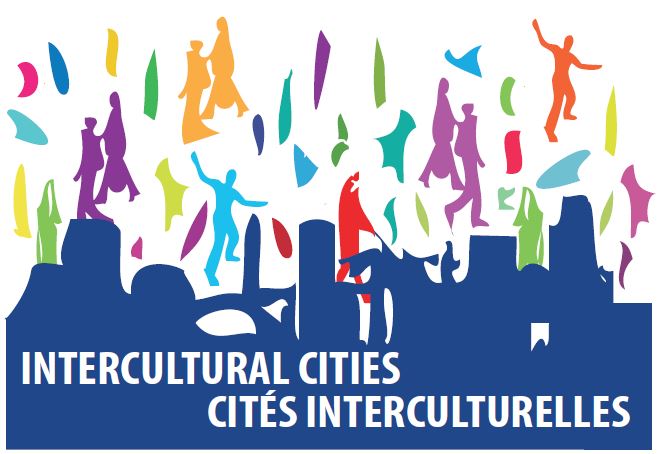Ephesus Selçuk, Türkiye - Intercultural City

Ephesus Selçuk was the scene of uninterrupted settlement during its 8600-year historical period, the birth of many cultures from ancient times to the present. It can be traced in terms of urbanization, architecture, and religious history and the city has hosted examples at the highest level. This cultural landscape, in which pagan cultures, monotheistic religions, and Anatolian cultures are intertwined, was added to the list of World Cultural Heritage in 2015 by meeting the outstanding universal value criteria of UNESCO.
Socio-cultural studies have been carried out by the Selçuk Municipality to gain social visibility and equal representation of ethnic, religious, cultural, and social groups living in Selçuk, an immigration city throughout history. The demographic structure of Selçuk, which is characterized by Yuruks, Balkan immigrants, Lausanne immigrants, Macedonian immigrants, and Bulgarian immigrants, as well as internal immigration from the Black Sea, Eastern Anatolia and Southeastern Anatolia, and Central Anatolia, also includes Turkish nomads and Romani people.
Selçuk Municipality carries out activities with the aim of helping the Selçuk community with different identities to develop a common life based on mutual understanding and respect, free from all kinds of bigotry and discrimination, and reach a level of awareness where they can have solutions as well as problems in common life.
Ensuring social cohesion in the whole city, spurring on intercultural socio-economic interaction on a neighborhood basis, creating awareness of all residents of the city about the value and importance of the historical geography they live in, planning common policies regarding the city's cultural and social life and public spaces are Ephesus Selçuk motivations regarding city’s intercultural objectives.
- What is the ICC Index?
- Results of Ephesus Selçuk




